The Gateway Arch in St. Louis, Missouri: Ultimate # 1 Guide
The Gateway Arch in St Louis Missouri: Introduction
The Gateway Arch in St Louis Missouri, standing tall, is not just an architectural marvel but a symbol of America’s pioneering spirit and westward expansion. Known as “The Gateway to the West,” this iconic monument attracts millions of visitors each year, eager to explore its rich history and enjoy breathtaking views.
Geographical Information
The Gateway Arch is situated on the west bank of the Mississippi River, forming a part of the Jefferson National Expansion Memorial. It is easily accessible from downtown St. Louis, which lies adjacent to the Arch grounds.
St. Louis experiences a humid subtropical climate, with hot summers and cold winters. The best times to visit are during spring (April to June) and fall (September to November) when the weather is pleasant, and outdoor activities are most enjoyable.
Visitors can reach the Gateway Arch by car, public transportation, or even by bike. The MetroLink light rail system has a stop near the Arch, and several parking options are available in downtown St. Louis. Additionally, the Arch grounds are pedestrian-friendly, making it easy to explore on foot.
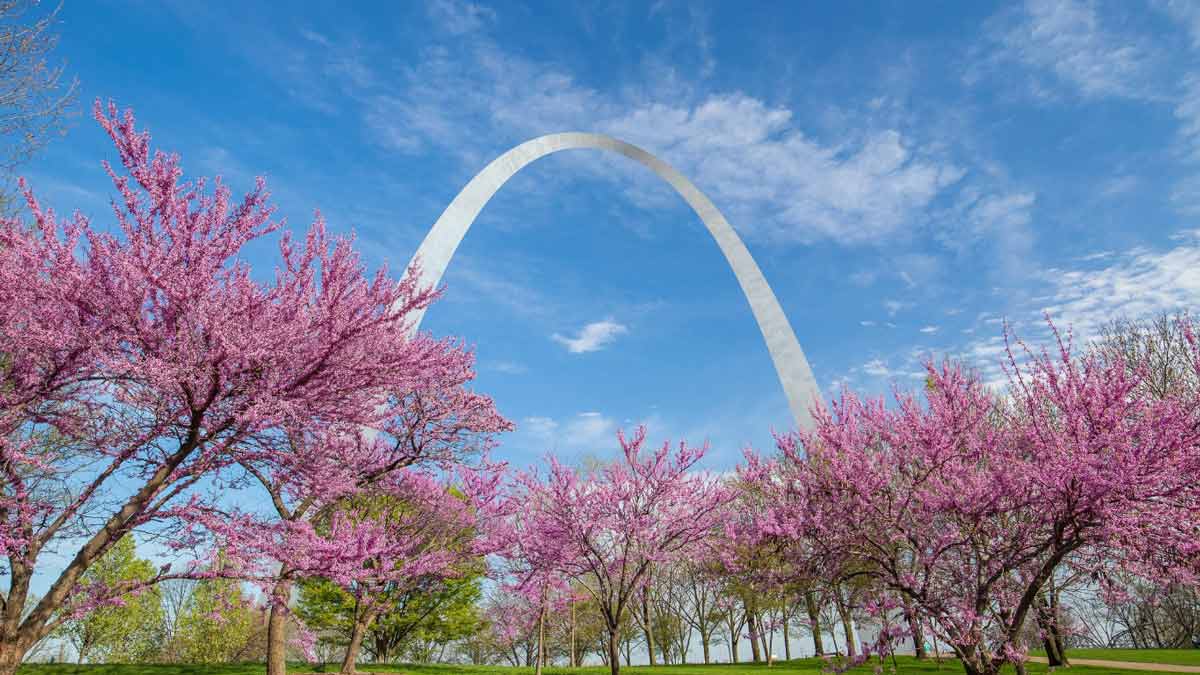
Historical Context
Early History of St. Louis
Founded in 1764 by French fur traders, St. Louis quickly grew into a bustling gateway for explorers and settlers moving westward. Its strategic location on the Mississippi River made it a critical hub for commerce and migration.
Conceptualization of the Gateway Arch in St Louis Missouri
The idea for the Gateway Arch in St Louis Missouri emerged in the 1930s as a tribute to Thomas Jefferson and the pioneers who shaped America’s westward expansion. The project gained momentum in the 1940s, with a design competition held to select the monument’s architect.
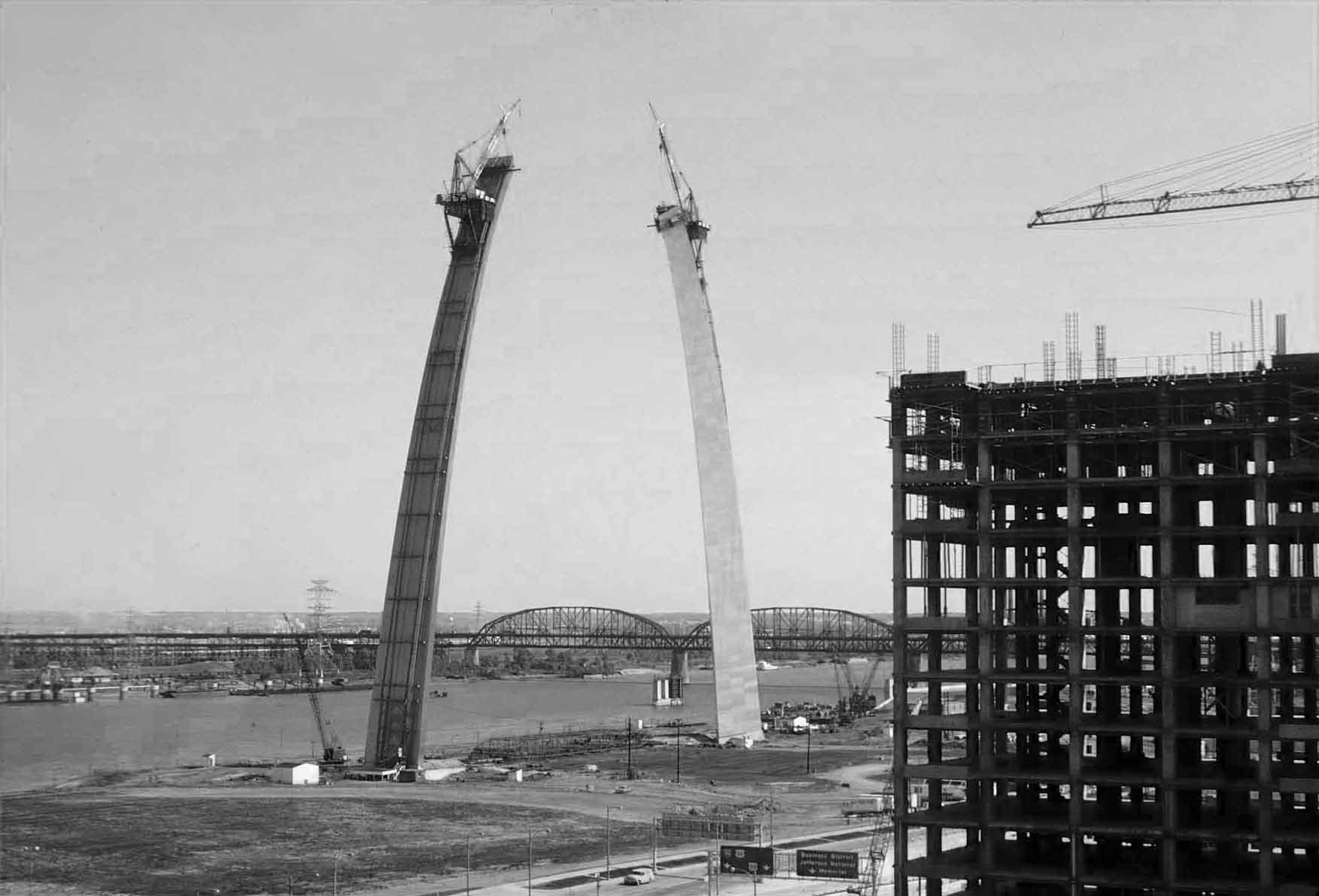
Construction Timeline
Construction of the Gateway Arch in St Louis Missouri began in 1963 and was completed in 1965. It officially opened to the public on October 28, 1965. The project faced numerous challenges, including budget constraints and engineering complexities, but ultimately succeeded in creating an enduring landmark.
Design and Architecture
Renowned Finnish-American architect Eero Saarinen designed the Gateway Arch in St Louis Missouri. His vision was to create a simple yet powerful monument that captured the spirit of the American frontier.
The Arch’s construction was a feat of engineering, involving innovative techniques such as the use of a weighted creeper derrick system to hoist the steel sections into place. The structure stands 630 feet tall and 630 feet wide at its base, forming a perfect catenary curve.
The exterior of the Arch is clad in stainless steel, chosen for its durability and sleek appearance. The interior framework consists of carbon steel and reinforced concrete, providing the necessary strength to support the towering structure.
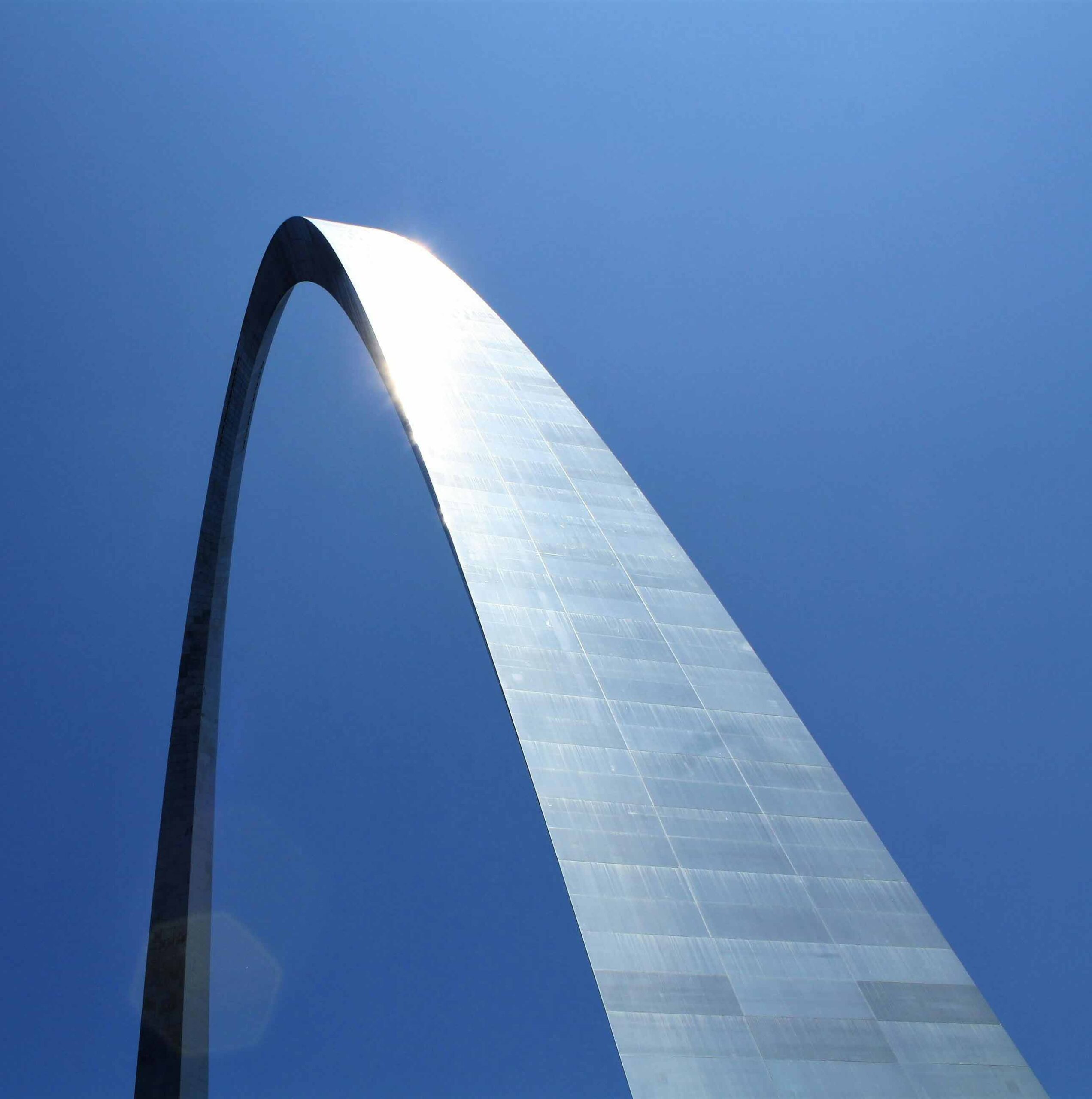
Cultural Insights
The Gateway Arch in St Louis Missouri symbolizes the spirit of exploration and the push towards new frontiers that defined 19th-century America. It commemorates the Louisiana Purchase and the subsequent westward migration that transformed the nation. For St. Louis residents, the Arch is more than just a monument; it’s a beloved landmark that features prominently in local traditions and celebrations. It serves as a backdrop for events such as Fourth of July fireworks and community festivals. The Gateway Arch has appeared in numerous films, television shows, and works of art, often symbolizing the adventurous spirit of the American Midwest. Its sleek, modern design continues to inspire artists and filmmakers around the world.
Must-Visit Attractions
The Arch Itself
Visitors can take a tram ride to the top of the Arch, where they are treated to panoramic views of St. Louis and the Mississippi River. The observation deck, located at the apex, offers a unique perspective of the city and its surroundings.
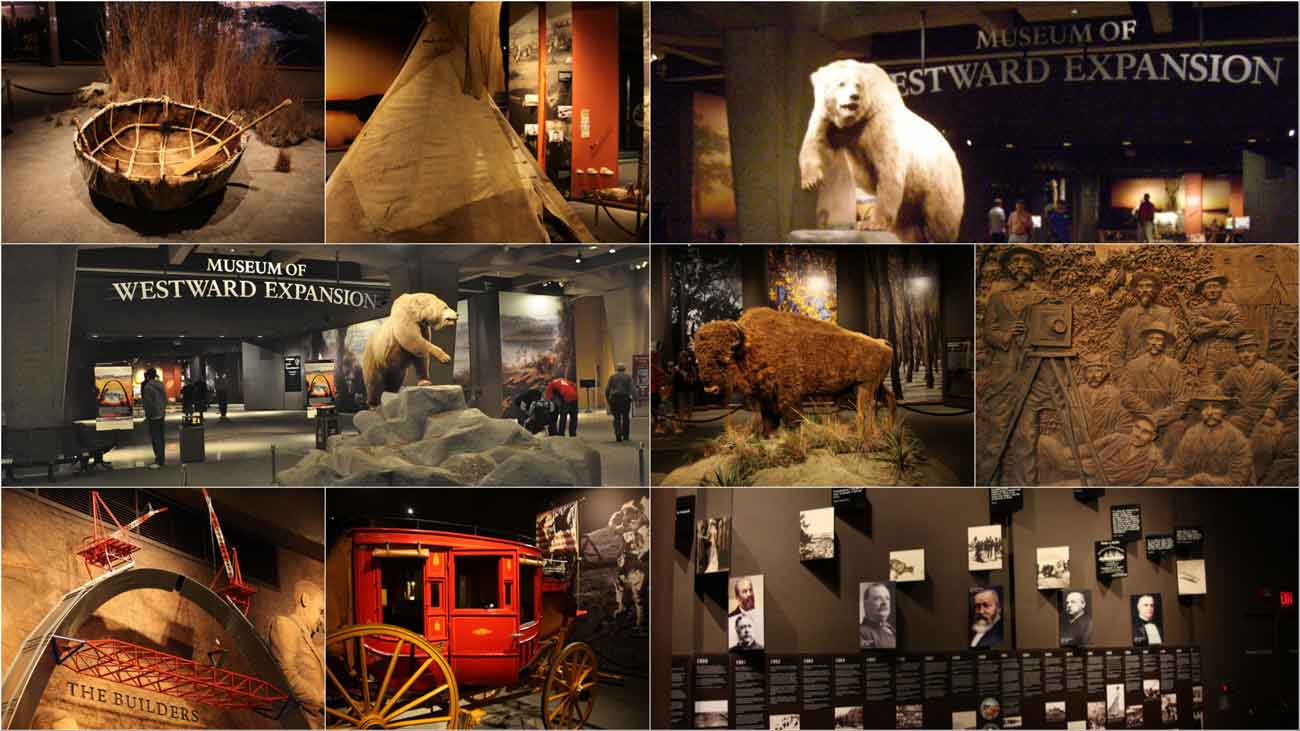
Museum at the Gateway Arch
The Museum at the Gateway Arch in St Louis Missouri provides an in-depth look at the history of westward expansion and the construction of the monument. Interactive exhibits and historical artifacts make it a must-visit for history enthusiasts.
Nearby Attractions
In addition to the Arch, visitors can explore nearby attractions such as the Old Courthouse, where the Dred Scott case was tried, and the vibrant Laclede’s Landing, known for its cobblestone streets and lively entertainment scene.
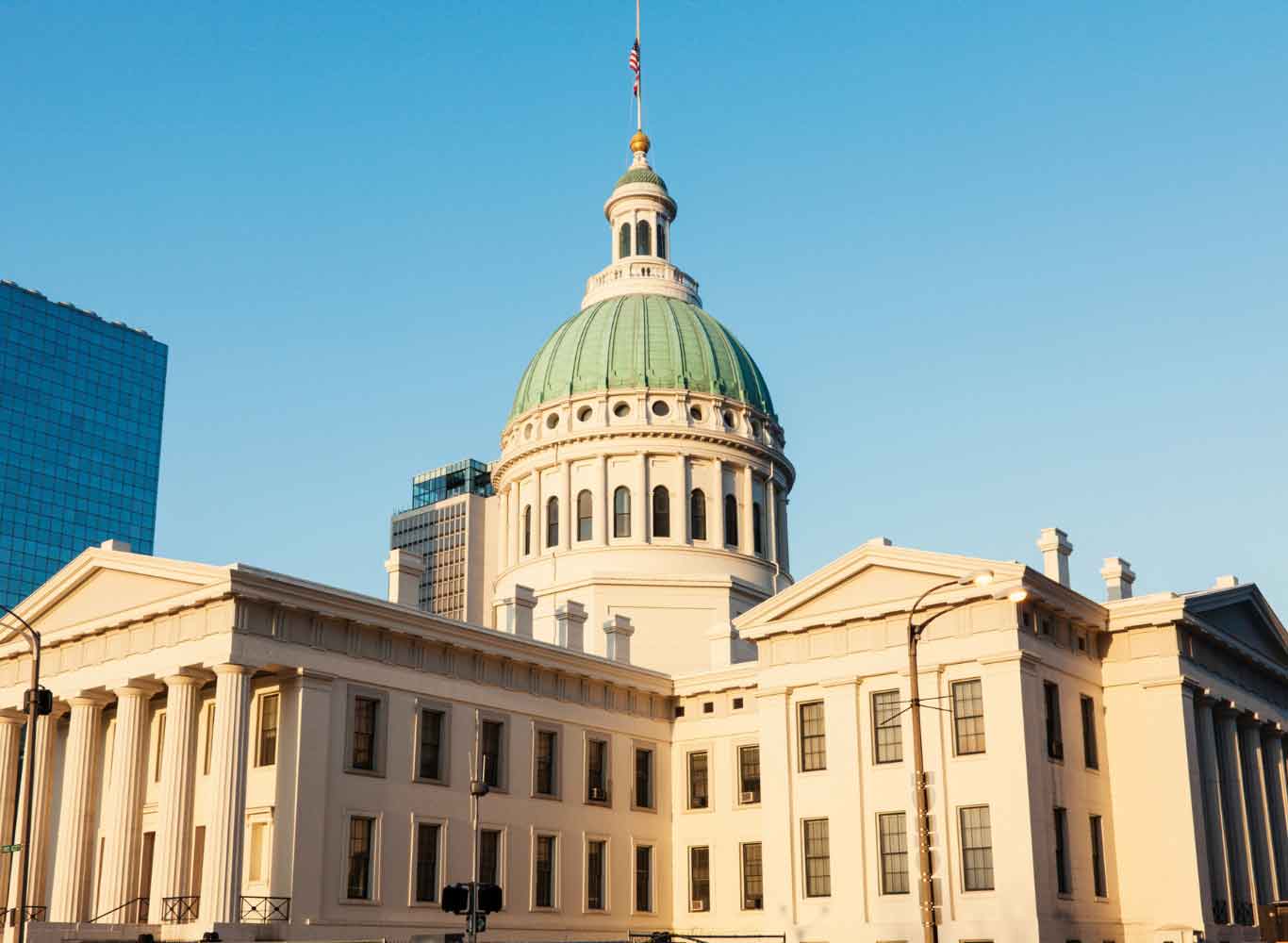
Activities and Experiences
One of the most popular experiences at the Gateway Arch in St Louis Missouri is the tram ride to the top. The unique capsule-shaped trams take visitors on a 4-minute journey to the observation deck, providing a thrilling experience and stunning views. For a different perspective of the Arch, visitors can embark on a riverboat cruise along the Mississippi River. These cruises offer scenic views and narrated tours that highlight the history and significance of the Arch and the surrounding area. The Gateway Arch National Park encompasses over 90 acres of green space, perfect for picnics, walks, and outdoor activities. The park also hosts events and programs throughout the year, making it a vibrant community space.
Travel Tips
Accommodations
St. Louis offers a range of accommodations to suit all budgets, from luxury hotels near the Arch to more affordable options in the surrounding neighborhoods. Booking in advance is recommended, especially during peak tourist seasons.
Transportation Tips
Public transportation is a convenient way to navigate St. Louis. The MetroLink light rail system connects the city’s main attractions, including the Gateway Arch. Taxis, rideshares, and bike rentals are also readily available.
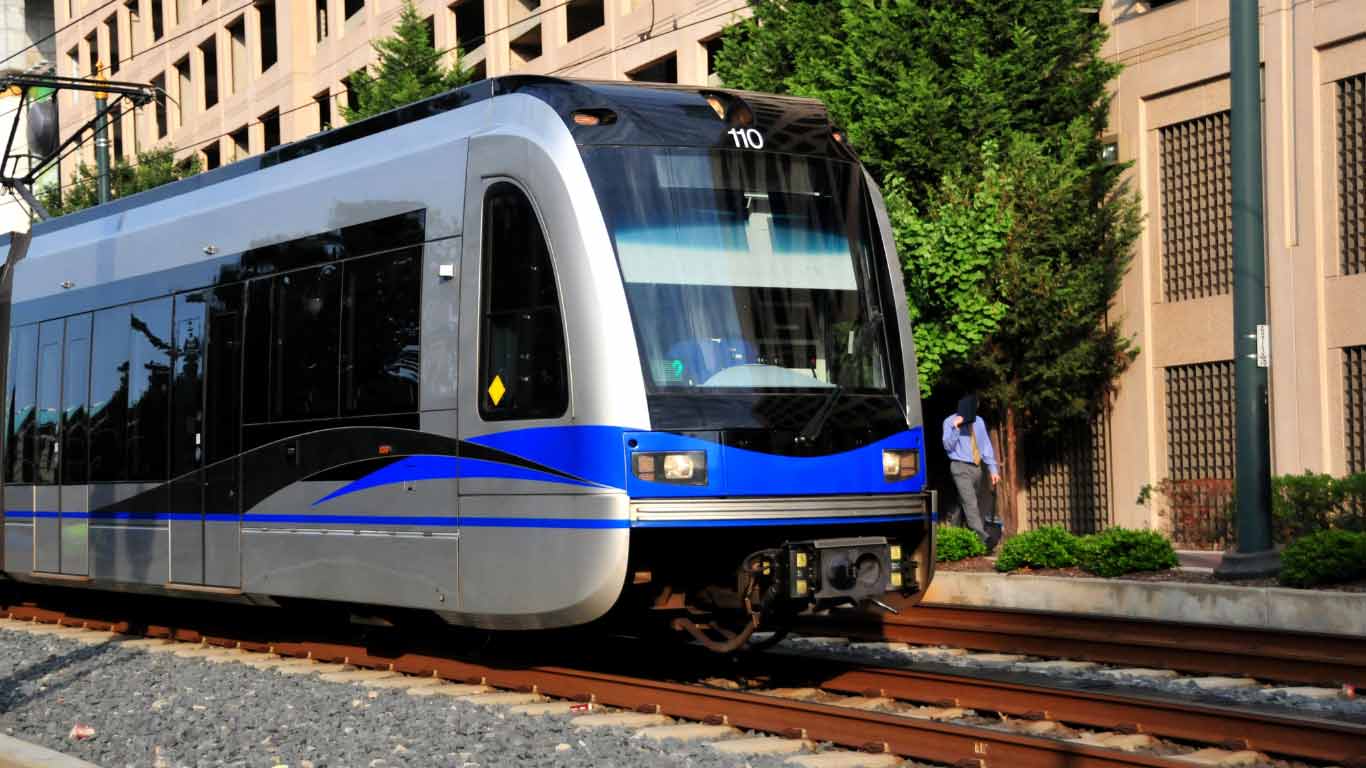
Packing Recommendations
Visitors should pack comfortable walking shoes, weather-appropriate clothing, and a camera to capture the stunning views. During summer, sunscreen and hats are essential, while winter visitors should dress warmly.
Safety and Health Precautions
The Gateway Arch in St Louis Missouri has implemented various safety measures to ensure a secure experience for visitors. Security screenings are conducted at entry points, and staff members are trained to handle emergencies.
Travelers should stay hydrated, wear sunscreen, and take breaks to avoid fatigue. Those with mobility issues should note that the tram ride to the top of the Arch involves narrow steps and confined spaces.
Visitors should familiarize themselves with local emergency contact numbers, including 911 for immediate assistance. The Gateway Arch staff can also provide information and support in case of emergencies.
Budget Planning
Admission to the Gateway Arch includes access to the museum and tram ride. Ticket prices vary, with discounts available for children, seniors, and groups. Purchasing tickets online in advance can help save time and ensure availability.
Travelers can save money by exploring free attractions in St. Louis, such as Forest Park and the Missouri History Museum. Taking advantage of public transportation and dining at local eateries can also help stretch the budget.
St. Louis is generally more affordable than other major U.S. cities. Visitors can expect reasonable prices for dining, accommodations, and entertainment, making it a budget-friendly destination.
Local Cuisine
Iconic St. Louis Foods
No visit to St. Louis is complete without trying local specialties like toasted ravioli, gooey butter cake, and St. Louis-style pizza. These dishes reflect the city’s rich culinary heritage and diverse cultural influences.

Recommended Restaurants
For a taste of local cuisine, visitors can dine at acclaimed restaurants such as Pappy’s Smokehouse for barbecue or Ted Drewes for frozen custard. The Hill neighborhood is also famous for its Italian-American eateries.
Food Festivals and Events
St. Louis hosts several food festivals throughout the year, including the Taste of St. Louis and the St. Louis Food and Wine Experience. These events showcase the city’s culinary talents and offer a delicious way to experience local culture.
Personal Stories or Case Studies
Many visitors share stories of their memorable experiences at the Gateway Arch, from the awe-inspiring views at the top to the educational exhibits in the museum. These testimonials highlight the Arch’s impact on people from around the world. Locals often recount tales of the Arch’s construction and its role in community life. These stories provide a deeper understanding of the monument’s significance and its place in the hearts of St. Louis residents.
The Gateway Arch has been the site of numerous historical events, including presidential visits and significant cultural celebrations. These events underscore the Arch’s importance as a national symbol and a focal point for public gatherings.
Expert Insights
Quotes from Historians and Architects
Historians and architects offer valuable insights into the design and construction of the Gateway Arch. Their perspectives help to appreciate the monument’s architectural brilliance and historical context.
Interviews with Local Experts
Local experts, such as park rangers and museum curators, provide detailed information about the Arch’s history and significance. Their knowledge enhances the visitor experience and deepens understanding.
Analysis from Cultural Critics
Cultural critics often analyze the Gateway Arch’s impact on art, design, and American identity. Their critiques highlight the monument’s role in shaping public perceptions and its influence on contemporary culture.
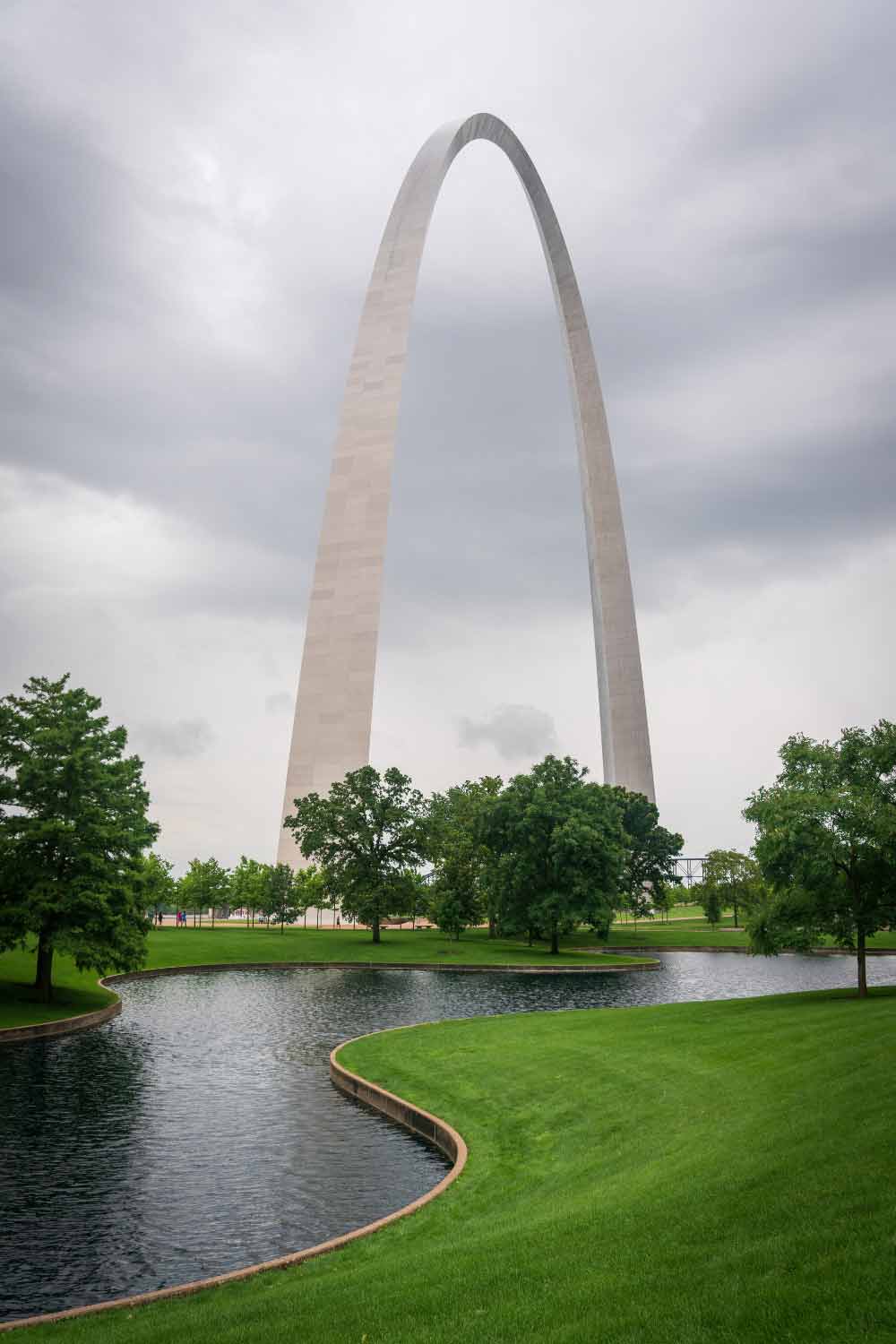
Challenges and Solutions
Maintaining the Gateway Arch in St Louis Missouri is a complex task that involves regular inspections and preservation efforts. Engineers and conservationists work together to ensure the structure remains safe and intact for future generations.
Managing the large number of visitors to the Gateway Arch requires efficient crowd control measures and visitor services. Enhancements to the visitor center and online ticketing systems have helped streamline the experience.
Environmental sustainability is a priority for the Gateway Arch National Park. Efforts include waste reduction, energy-efficient operations, and initiatives to preserve the natural landscape surrounding the Arch.
Future Prospects
Planned Renovations and Upgrades
Future plans for the Gateway Arch include renovations to improve visitor amenities and educational programs. Upgrades to the museum and park facilities aim to enhance the overall experience.
Future Cultural and Social Impacts
The Gateway Arch in St Louis Missouri will continue to serve as a cultural and educational resource, promoting understanding of American history and the spirit of exploration. Its ongoing influence on local and national identity remains significant.
Predictions for Tourism Trends
Tourism trends suggest that the Gateway Arch will remain a popular destination, with increasing interest from international visitors. Technological advancements, such as virtual tours, may also expand access and engagement.
Conclusion
The Gateway Arch in St Louis Missouri stands as a testament to America’s pioneering spirit and architectural innovation. Its rich history, cultural significance, and stunning design make it a must-visit destination. Whether you’re a history buff, an architecture enthusiast, or simply seeking a unique travel experience, the Gateway Arch offers something for everyone. Plan your visit today and discover the wonders of this iconic monument. As the tallest national monument in the United States, the Gateway Arch is more than just a structure; it’s a symbol of ambition, creativity, and the relentless pursuit of new horizons. Its legacy will continue to inspire and captivate visitors for generations to come.
Frequently Asked Questions (FAQs)
The Gateway Arch is an iconic monument in St. Louis, Missouri, standing 630 feet tall. It symbolizes America’s westward expansion and serves as a major tourist attraction.
The Gateway Arch is situated on the west bank of the Mississippi River, forming part of the Jefferson National Expansion Memorial in downtown St. Louis.
The best times to visit the Gateway Arch are during spring (April to June) and fall (September to November) when the weather in St. Louis is most pleasant.
Visitors can reach the Gateway Arch by car, public transportation (MetroLink light rail system), or even by bike. Several parking options are available in downtown St. Louis, and the Arch grounds are pedestrian-friendly.
The Gateway Arch was designed by renowned Finnish-American architect Eero Saarinen. His design was selected through a competition held in the 1940s.
The exterior of the Gateway Arch is clad in stainless steel for durability and a sleek appearance. The interior framework consists of carbon steel and reinforced concrete.
Visitors can take a tram ride to the top of the Arch for panoramic views, explore the Museum at the Gateway Arch, embark on riverboat cruises, and enjoy the green spaces of the Gateway Arch National Park.
Yes, nearby attractions include the Old Courthouse, where the Dred Scott case was tried, and Laclede’s Landing, known for its cobblestone streets and vibrant entertainment scene.
Visitors should pack comfortable walking shoes, weather-appropriate clothing, a camera, sunscreen and hats for summer, and warm clothing for winter visits.
